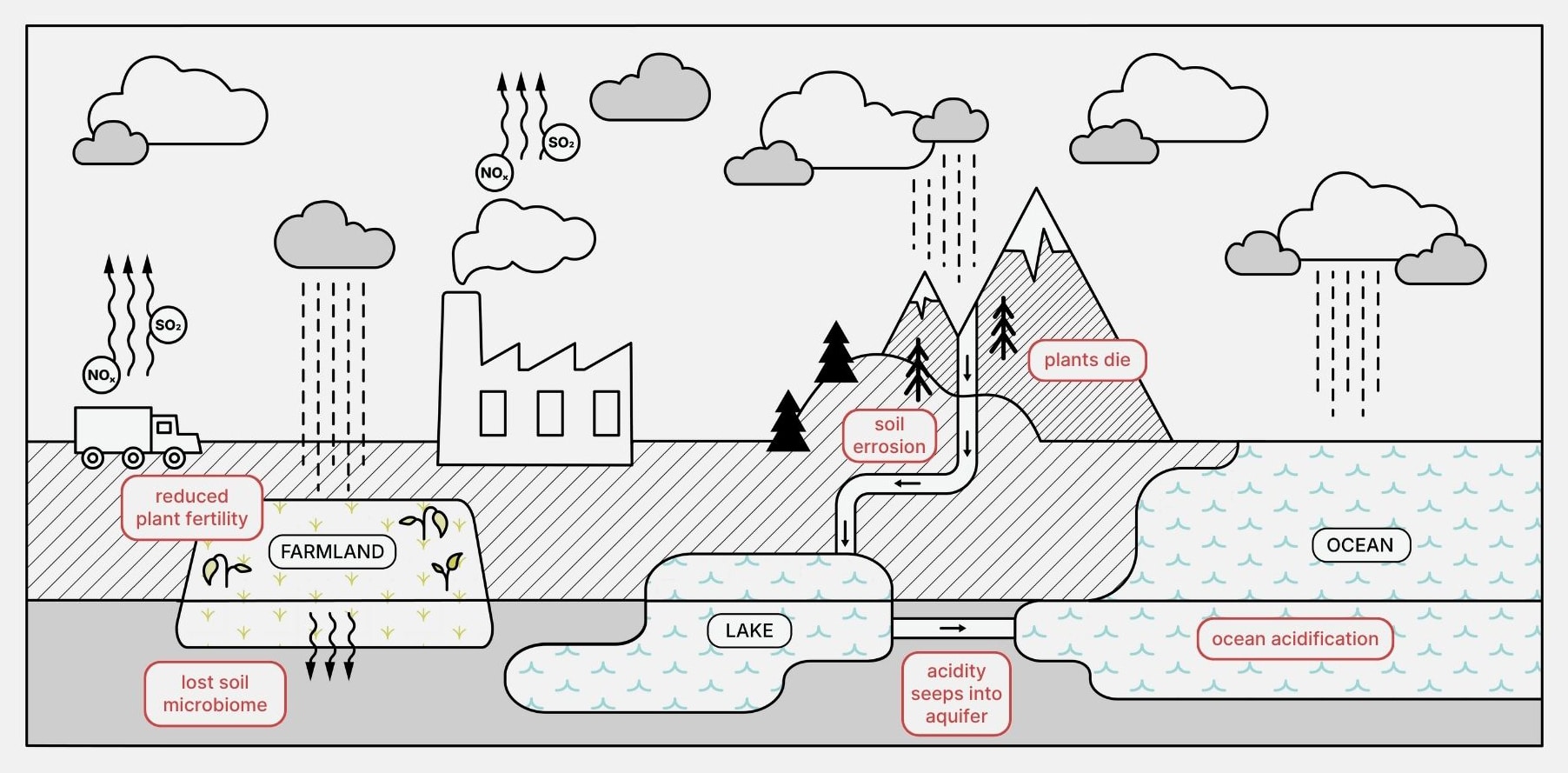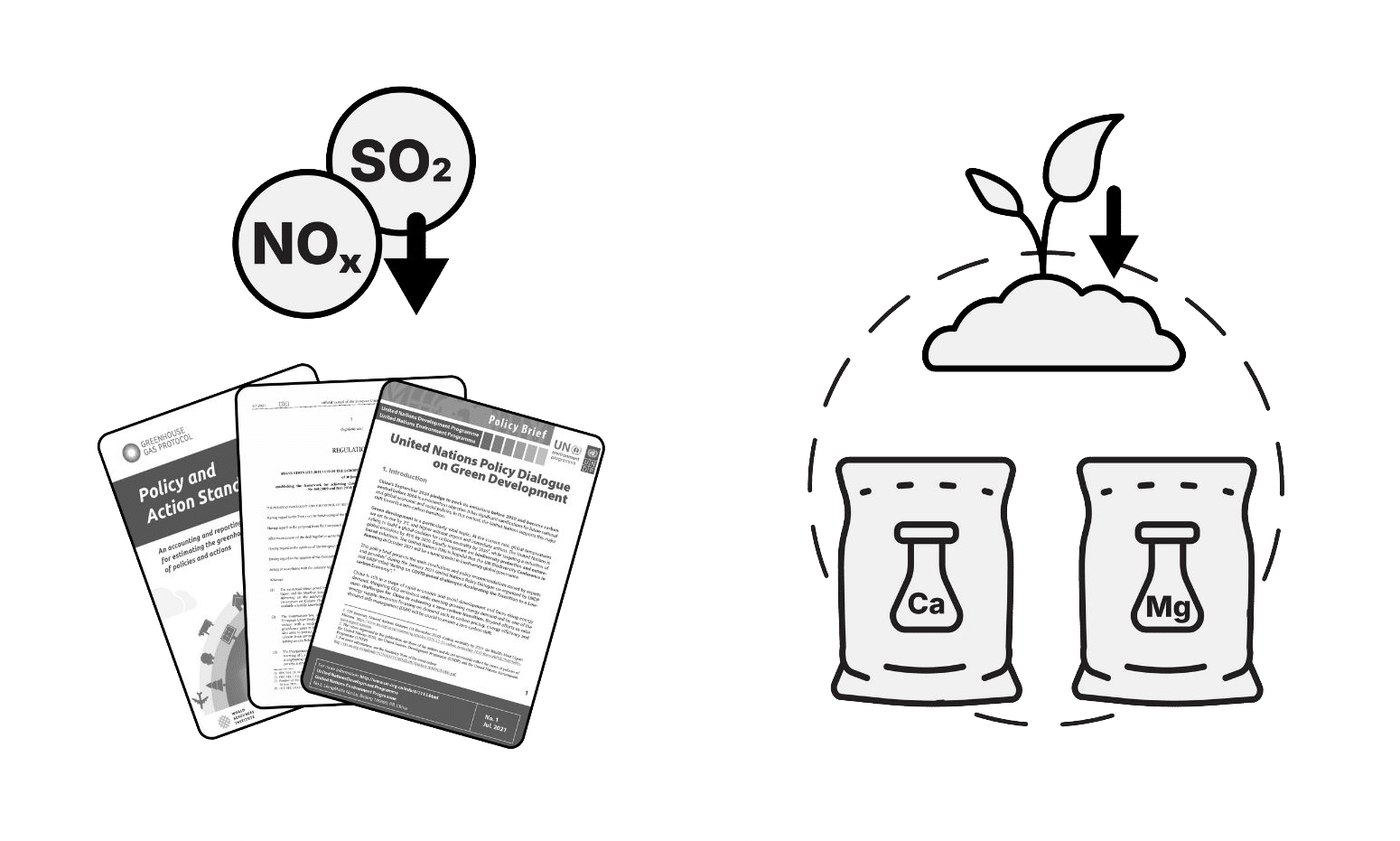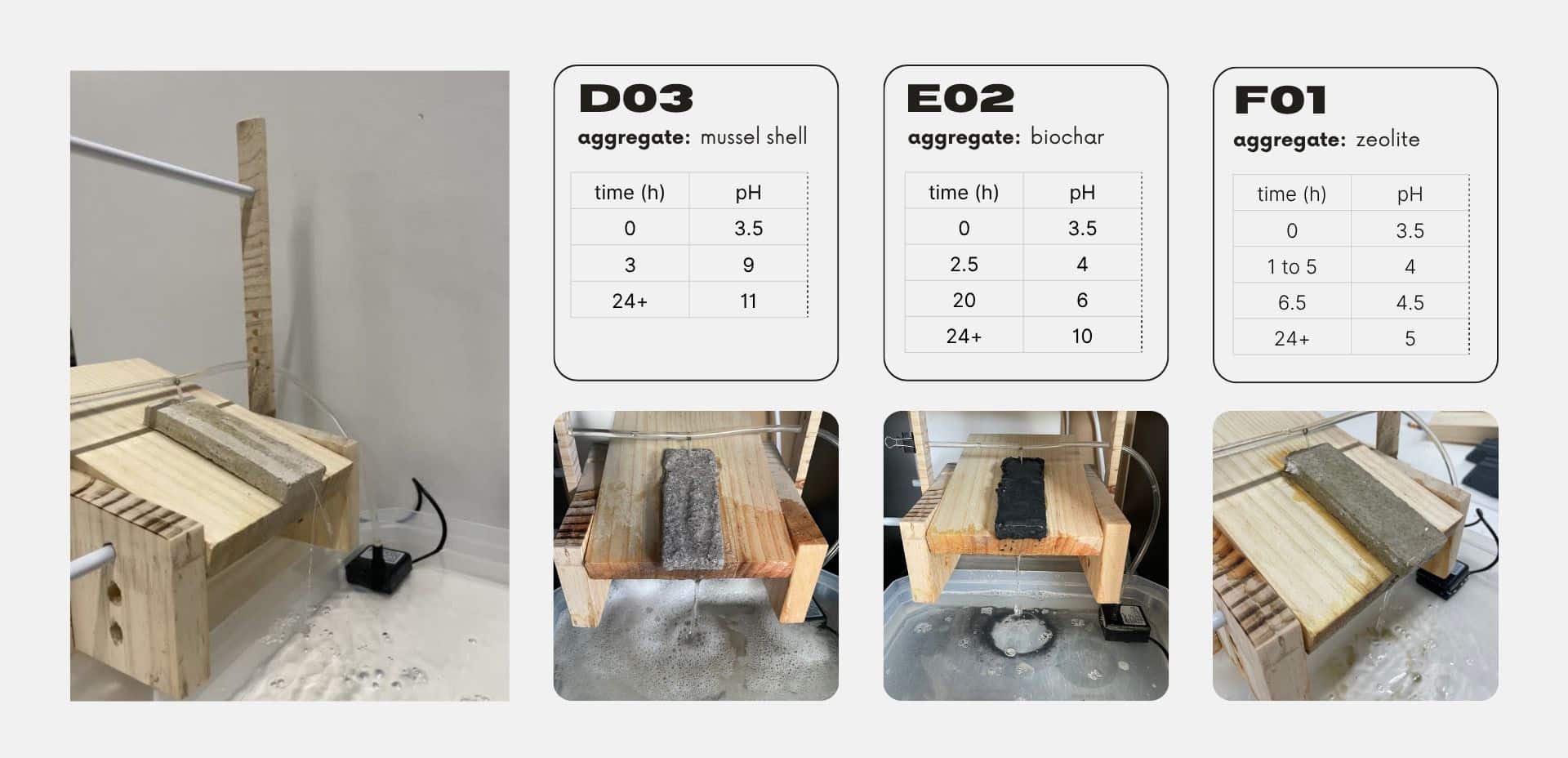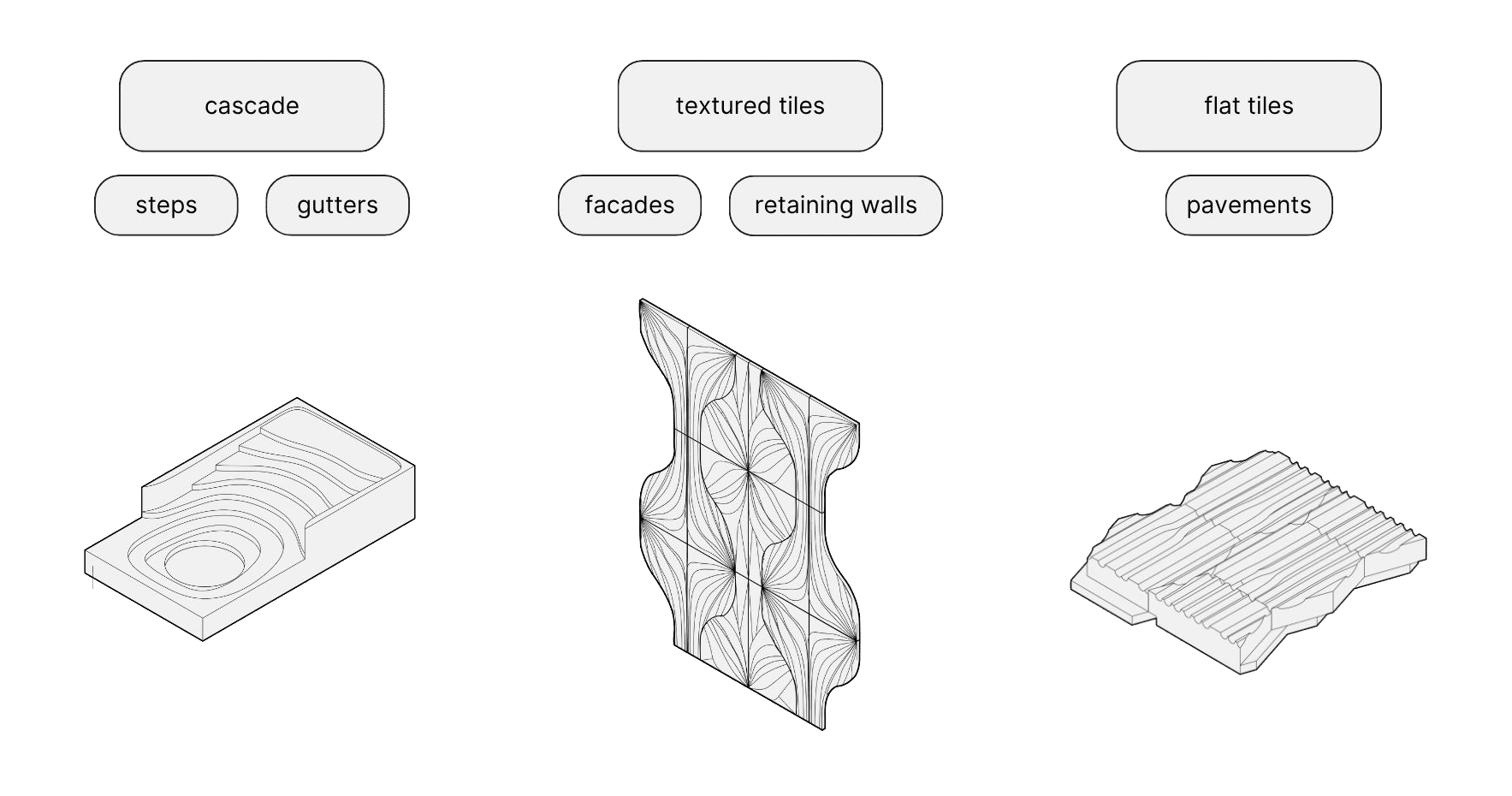Chitosan-Based Geopolymers for Acid Neutralization in Urban and Coastal Ecosystems
Acidity shows up in our environment in different ways: as acid rain in cities and forests, acidified soils near industrial and agricultural areas, and even in the oceans due to rising CO₂ absorption. These are often treated as separate problems, however they’re not isolated phenomena. They’re connected through human activity, especially emissions and unsustainable industrial practices.

This acidity leads to reduced plant fertility, the loss of vital soil microbes, and long-term degradation of our ecosystems. But it doesn’t just affect nature. In urban environments, acidity causes concrete erosion, metal corrosion, and the premature aging of our buildings and infrastructure.

On the above map, we see the average annual pH of precipitation globally. Many areas—especially near industrial centers—experience rainfall well below neutral pH, sometimes as low as 4.5.
Similarly, global soil pH data reveals vast stretches of acidic farmland, affecting crop health, crop yield, and thus economic growth in areas dependent on agriculture.

Today, most acid mitigation strategies focus on prevention. By limiting emissions of sulfur dioxide and nitrogen oxides, and investing in cleaner technologies.
When acidity reaches landscapes or water bodies, lime or limestone is often used to neutralize it, particularly in lakes, rivers, and post-mining sites. While effective, these methods are centralized, engineered, and labor-intensive, requiring active maintenance.
Meanwhile, our cities are full of surfaces – pavements, rooftops, facades – that are constantly exposed to acidic runoff, yet remain chemically passive. What if these very surfaces – steps, gutter, tiles – could play an active role in environmental repair? Treating acidity right at the point of contact, before it reaches the soil or water.
This question led to a materials-focused design investigation: rethinking architecture as an active interface in environmental regeneration.

Chitosan, a biopolymer derived from shellfish waste, is used due to its ability to effectively bind with pollutants commonly found in runoff. Given that it can be extracted from mussel shells, this created a potential circular material process by utilizing the same source for both filtering agent and aggregate.
However, further testing revealed that mussel shells degraded more rapidly under continuous and extended water exposure, compared to biochar and zeolite, two other aggregates I had tested.

Water flow tests showed that zeolite and biochar offered more stable pH increases, and zeolite in particular maintained its structural integrity even after 24 hours of water exposure.

These results pointed toward zeolite-based tiles as the most promising candidate for architectural use.

Once I understood the material’s chemical behavior, the next step was to explore the material application in urban water pathways: steps, gutters, facades, pavements.

I approached the design of the geometry of these surfaces by playing around with vector fields as they react similarly to water flows and can be used in fluid flow analysis. By offsetting and manipulating the height of these curves, I was then able to generate grooves and textures that either guide or slow water across a tile’s surface. By offsetting curves and shaping channels, the tile design became both a flow tool and a reactive surface, treating water as it moved across.

When applying Alkrete tiles to a site, the following workflow would implemented. By using the site tpopgraphy as a guide, water flow patterns across the site are computed and with this analysis done we get a clear sense of key zones. Textured tiles to slow water are applied in steeper areas, while flatter tiles to direct it toward collection zones in flatter areas of the site.
This thesis proposes a shift, from architecture and building materials as passive agents to active ecological participants. By embedding chemically active, regenerative materials into our urban surfaces, we can decentralize treatment, slow acidic contamination at the source, and create new relationships between architectural surfaces and the environment.
Looking forward, there is a strong potential for the exploration and application of building materials that actively treat pollutants to be applied in passive design strategies. This research could also be further developed for local contexts, by using site-specific waste instead.
In a time where much of our damage to the environment remains invisible until it’s too late, we can benefit from making the processes of repair visible, and further by embedding them into the spaces we already occupy.

